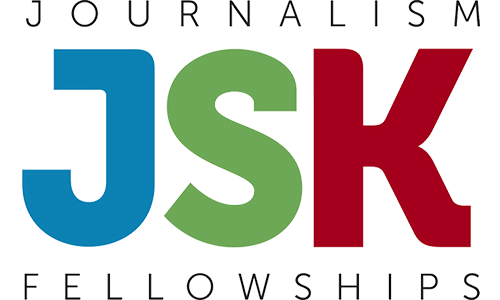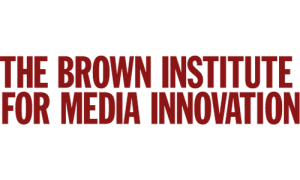Snapshot of Today: What does journalism at Stanford look like in 2016?
Journalism at Stanford Today
We are an interdisciplinary community of journalists, researchers, teachers, computer scientists, data detectives, designers, entrepreneurs and storytellers across campus.

The set of people currently working at Stanford to turn unstructured data into structured information that allows you to spot how people use power in public and private institutions is growing. It includes the Brown Institute for Media Innovation, the d. school, the Bill Lane Center for the American West, the JSK Fellows Program, the Hoover Institution Media Fellows Program, the Stanford Journalism Program, the Department of Communication, the Stanford Data Lab, and the Stanford Computational Journalism Lab.
Stanford’s Founding Grant specifies that the university is “to qualify its students for personal success, and direct usefulness in life.” It also says the purpose of the university is “to promote the public welfare by exercising an influence in behalf of humanity and civilization.” What people learn as undergrads, MA students, Phds, and fellows at Stanford gives them new insights into how individuals and institutions operate. When they translate those insights into reporting, the impacts on public policies are exactly the type of engagement with the world envisioned at the University’s founding.









A Global Network
Stanford alumni are in newsrooms and media companies across the United States and world.
Entrepreneurs Changing the Face of News
Stanford students, professors and alumni are developing technologies, platforms and social networks that continue to transform the way we tell stories.
















































